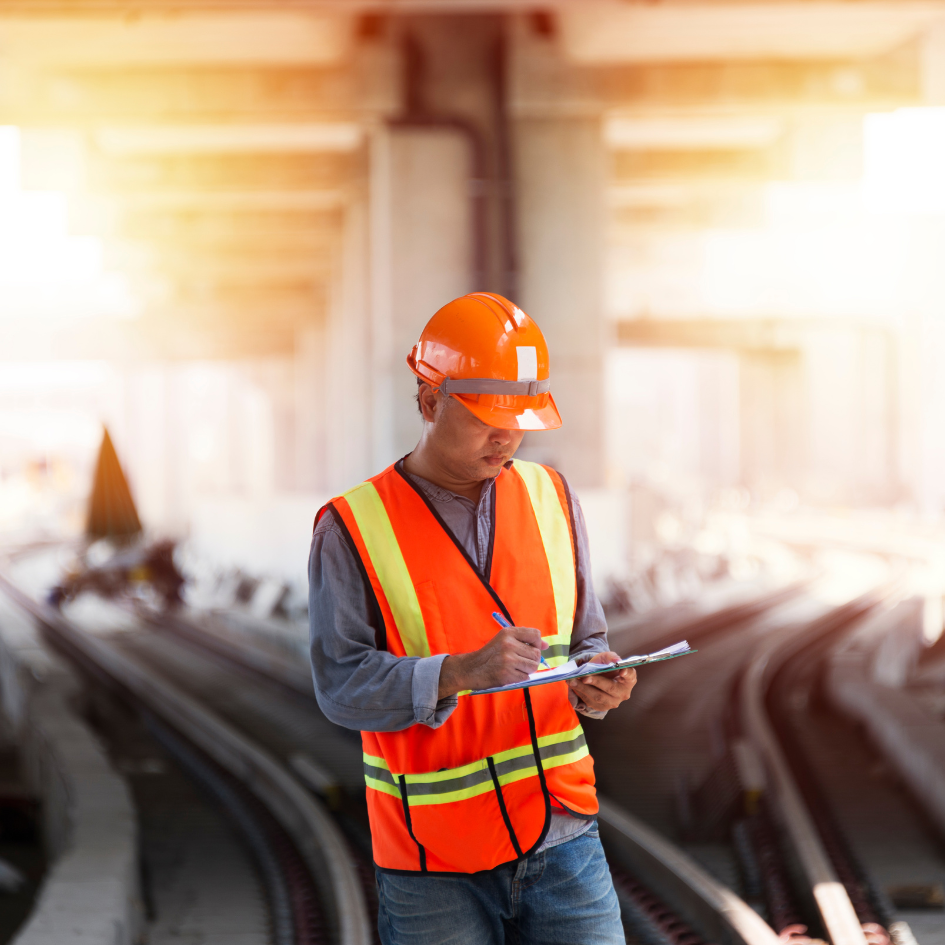By Vivid Recruitment
•
April 15, 2025
Australia’s engineering landscape is rapidly evolving, with groundbreaking projects underway across the country. These projects are not just reshaping the infrastructure but also driving innovation, sustainability, and technology. If you're an engineer (or simply an admirer of impressive feats of construction), here are some of the most exciting projects to keep an eye on. 1. Sydney Metro – City & Southwest The Sydney Metro is set to revolutionise public transport in the Harbour City, with the City & Southwest extension adding more than 30 kilometres of track to the existing system. When completed, this will provide a fast and reliable metro service across Sydney, connecting the city’s west to the central business district and the eastern suburbs. With state-of-the-art tunnelling technology and modern stations, this project is a game-changer for Sydney’s transport infrastructure. Engineering Consultants : Arup , AECOM , GHD , and Jacobs . Key Role : These firms are providing a range of services from engineering design to project management, including civil, structural, electrical, and systems engineering. Expected Completion : Phased completion, with major parts expected to be operational in 2024-2025. 2. West Gate Tunnel Project – Melbourne This massive infrastructure project in Melbourne aims to improve the city’s road network by creating a direct link from the West Gate Freeway to the city, bypassing major traffic hotspots. It’s set to relieve congestion and make travel more efficient for commuters. With the construction of new tunnels, ramps, and an upgraded road network, this project is transforming Melbourne’s west and improving access to the central business district. Engineering Consultants : Jacobs , SMEC , and AECOM . Key Role : Jacobs and AECOM are leading the design and management of tunnel construction, roadworks, and traffic engineering, while SMEC is focused on geotechnical and civil engineering. Expected Completion : 2025. 3. Queensland’s Cross River Rail The Cross River Rail project in Brisbane is one of the most ambitious public transport projects in Queensland’s history. This 10.2-kilometre rail line will include four new underground stations, connecting the southern suburbs of Brisbane to the northern areas. The project will significantly reduce congestion and improve travel times, while also supporting future population growth in the region. Engineering Consultants : Aurecon , Arup , GHD , and Jacobs . Key Role : These firms are providing services in areas such as structural engineering, tunnelling, rail systems design, and environmental engineering. Expected Completion : 2024-2025. 4. The Snowy 2.0 Hydro Project Snowy 2.0 is an expansion of the original Snowy Mountains Hydro-electric Scheme, aimed at providing renewable energy and stabilising the national grid. This ambitious project will include a new pumped hydro system to generate an additional 2,000 megawatts of energy, supporting Australia’s transition to a cleaner energy future. It's one of the largest renewable energy projects in the country and a key piece in Australia's renewable energy puzzle. Engineering Consultants : SMEC , Jacobs , and Snowy Hydro Limited (in-house). Key Role : SMEC and Jacobs are involved in geotechnical, civil, and electrical engineering design, while Snowy Hydro is handling the overall project management and execution. Expected Completion : 2026. 5. North East Link Project – Melbourne This $16 billion project is set to improve traffic flow and reduce congestion in Melbourne’s north-east. The North East Link is a crucial road project that will complete the missing link between the M80 Ring Road and the Eastern Freeway, making it easier for people to travel from Melbourne’s eastern suburbs to the city. It also includes a new tunnel to keep traffic flowing smoothly through the region. Engineering Consultants : WSP , Jacobs , and Aurecon . Key Role : These companies are providing comprehensive design, engineering, and environmental consulting, focusing on road network planning, tunnelling, and environmental assessments. Expected Completion : 2027. 6. Western Sydney Airport (Nancy-Bird Walton Airport) Construction of the Western Sydney Airport is well underway, and this is set to be a major hub for the region’s future. With a capacity to handle 10 million passengers annually at first, this airport will play a key role in supporting Sydney’s economic growth, creating thousands of jobs, and serving as a transport gateway for the rapidly growing western suburbs. Engineering Consultants : WSP , Jacobs , and AECOM . Key Role : WSP and Jacobs are managing the infrastructure design and civil engineering works, while AECOM is assisting with planning and environmental impact assessments. Expected Completion : 2026. 7. The Inland Rail Project This nation-building infrastructure project aims to connect Melbourne to Brisbane via a dedicated freight rail line, bypassing congested urban areas. The Inland Rail project will facilitate faster, more efficient freight movement across the country, supporting Australia’s growing trade needs and offering a more sustainable alternative to road transport. Engineering Consultants : AECOM , Jacobs , Arup , and GHD . Key Role : These firms are providing key services for the design and construction of the rail corridor, including civil, geotechnical, and rail systems engineering. Expected Completion : 2027. 8. Perth Metronet Expansion Perth is getting a major transport upgrade with the Metronet expansion project. The plan is to extend Perth’s suburban rail network, adding new stations and creating a better-connected city. The project aims to reduce traffic congestion, make commuting easier, and support Perth’s rapid population growth. With a focus on sustainability and modern infrastructure, Metronet is set to improve the quality of life for commuters across the region. Engineering Consultants : WSP , Aurecon , GHD , and AECOM . Key Role : WSP and Aurecon are working on the design and integration of rail infrastructure, while GHD and AECOM are assisting with project management and environmental consulting. Expected Completion : Phased completion, with key stages expected in 2025-2027. 9. Fraser Coast Solar Farm – Queensland This renewable energy project is one of the largest solar farms in the southern hemisphere, located in Queensland. The Fraser Coast Solar Farm will generate enough electricity to power tens of thousands of homes, contributing to the country’s renewable energy targets and helping to reduce dependence on fossil fuels. Engineering Consultants : SMEC , GHD , and AECOM . Key Role : These firms are providing design and engineering services for the solar farm’s civil, electrical, and environmental elements, ensuring sustainability and energy efficiency. Expected Completion : 2025-2026. 10. Hunter Power Project – New South Wales The Hunter Power Project in New South Wales is a cutting-edge initiative aimed at improving the reliability and sustainability of the state’s energy system. This project involves the construction of a new power station that will be powered by low-emission gas, helping to reduce the state’s carbon footprint while maintaining energy security. Engineering Consultants : AECOM , Jacobs , and Arcadis . Key Role : AECOM and Jacobs are providing engineering design and project management for the construction of the power station, while Arcadis is handling environmental assessments and sustainability design. Expected Completion : 2026-2027. Conclusion These projects represent the forefront of Australia’s engineering sector, showcasing innovation and resilience across various industries. Whether it's transforming transport networks, pioneering renewable energy solutions, or constructing world-class infrastructure, the engineering field in Australia is full with activity. For those in the industry, these projects not only provide ample opportunities for growth but also demonstrate the power of engineering to shape the future of our cities, our economy, and our environment.










